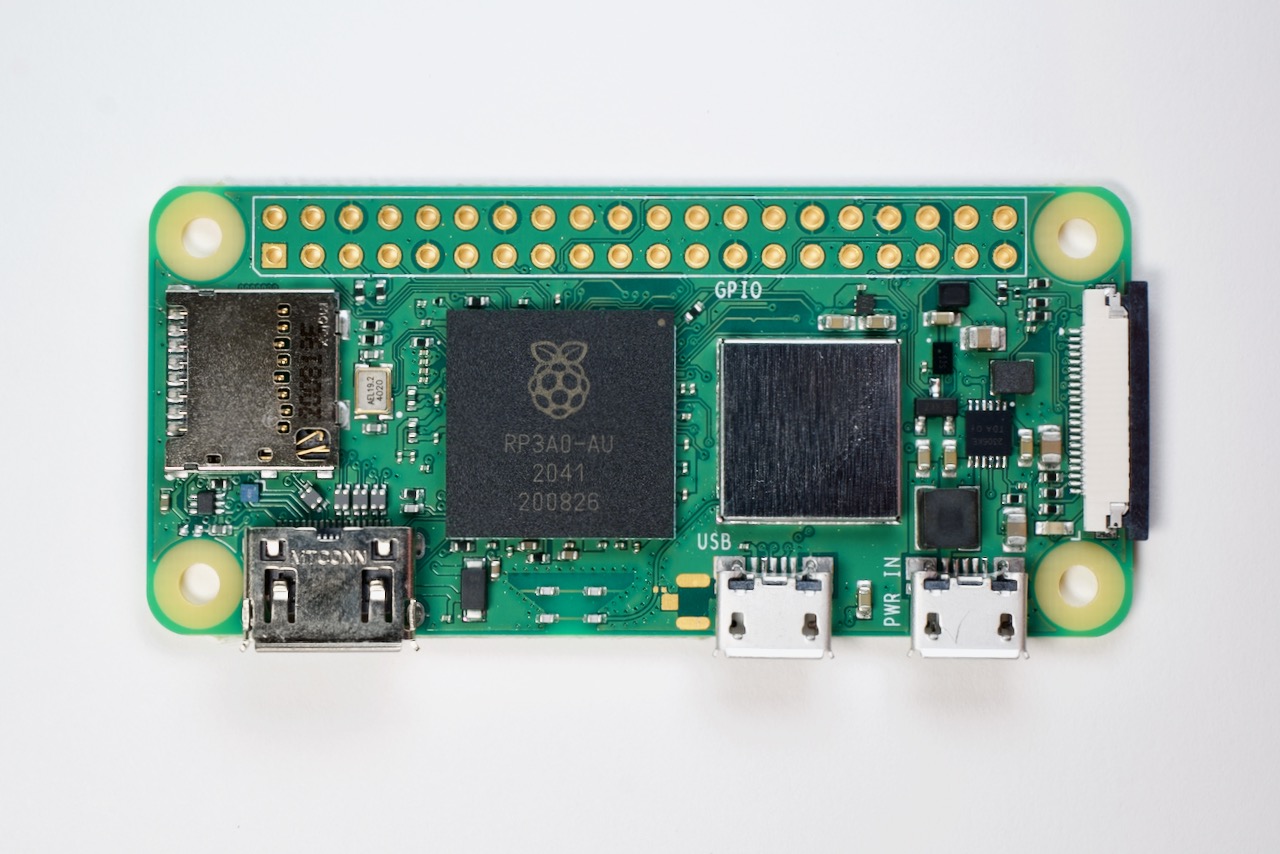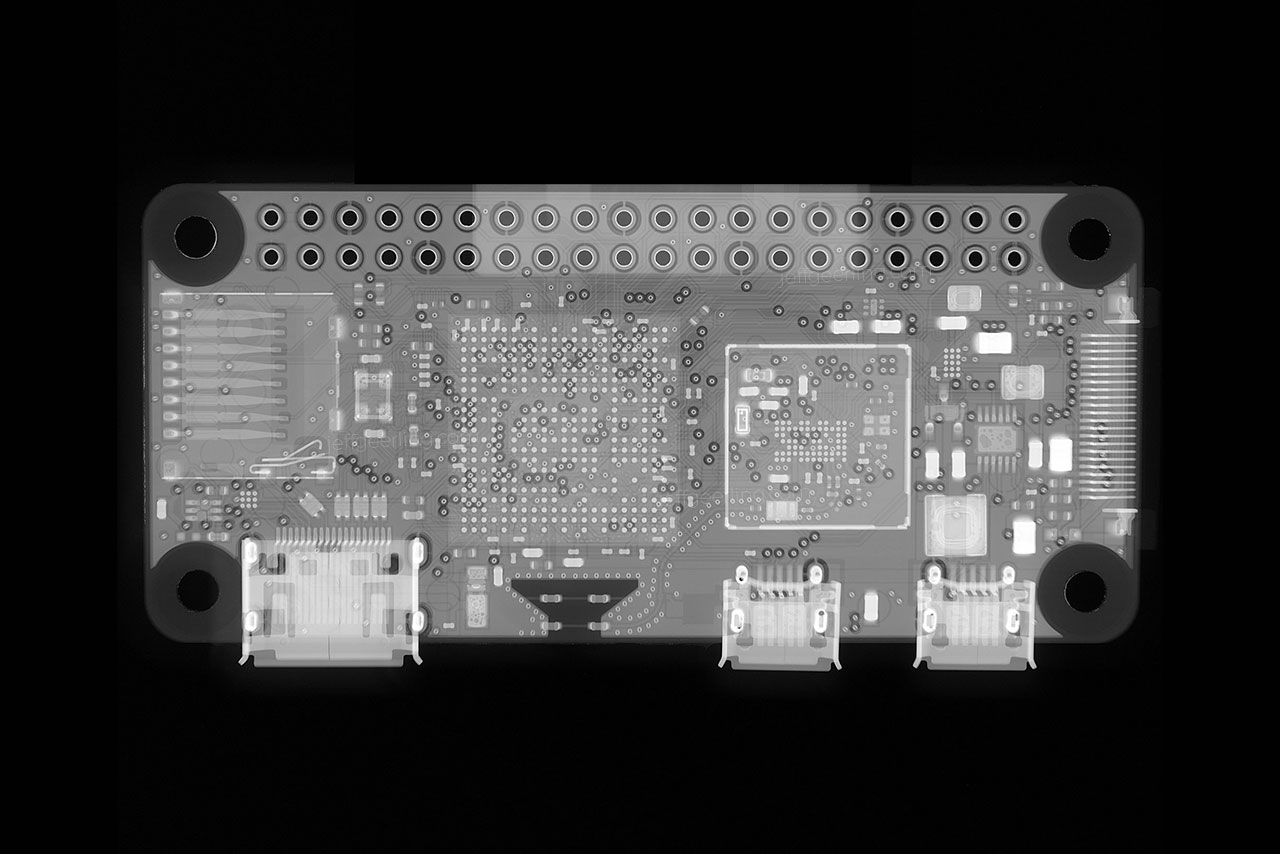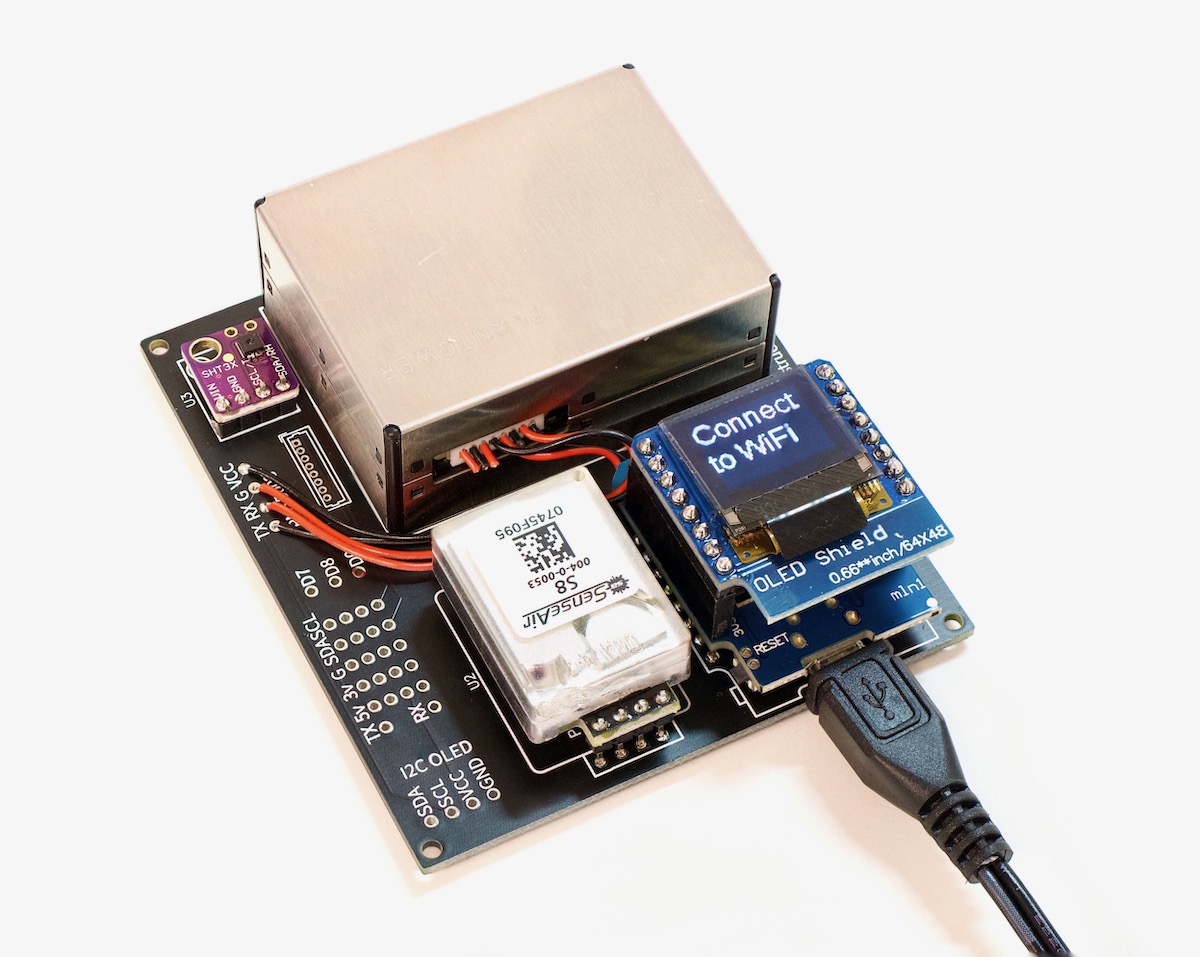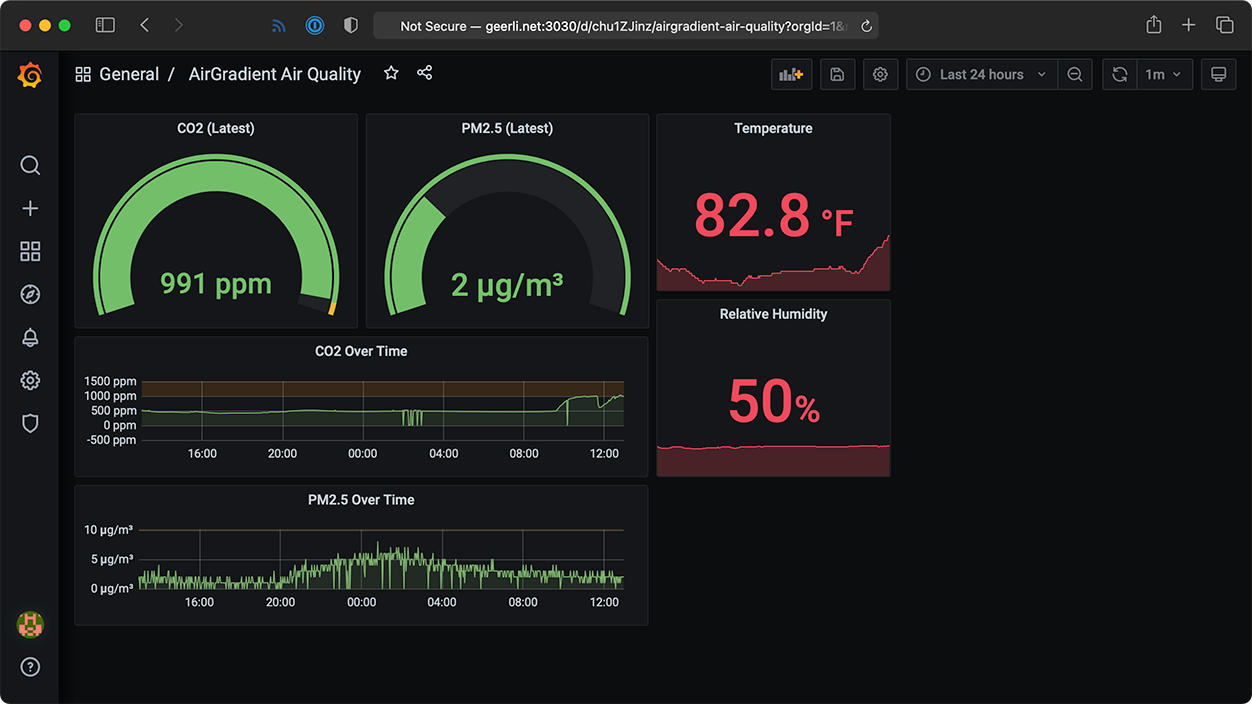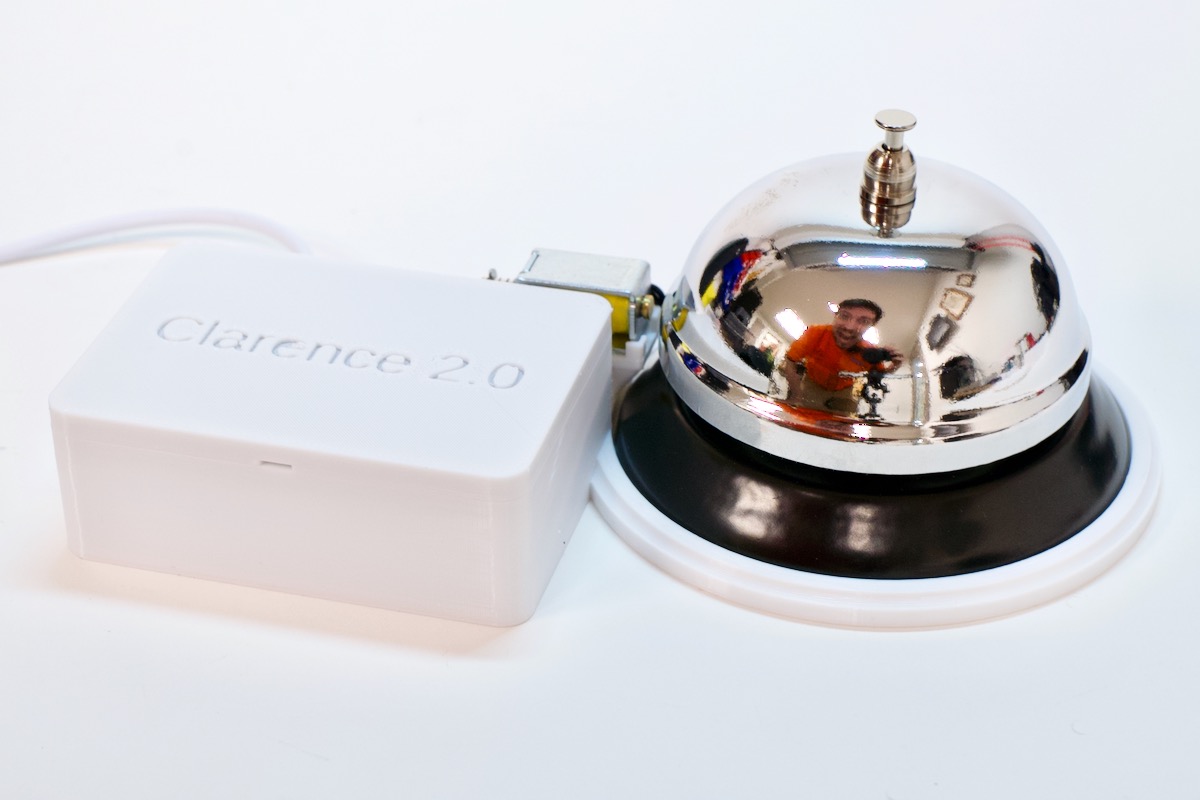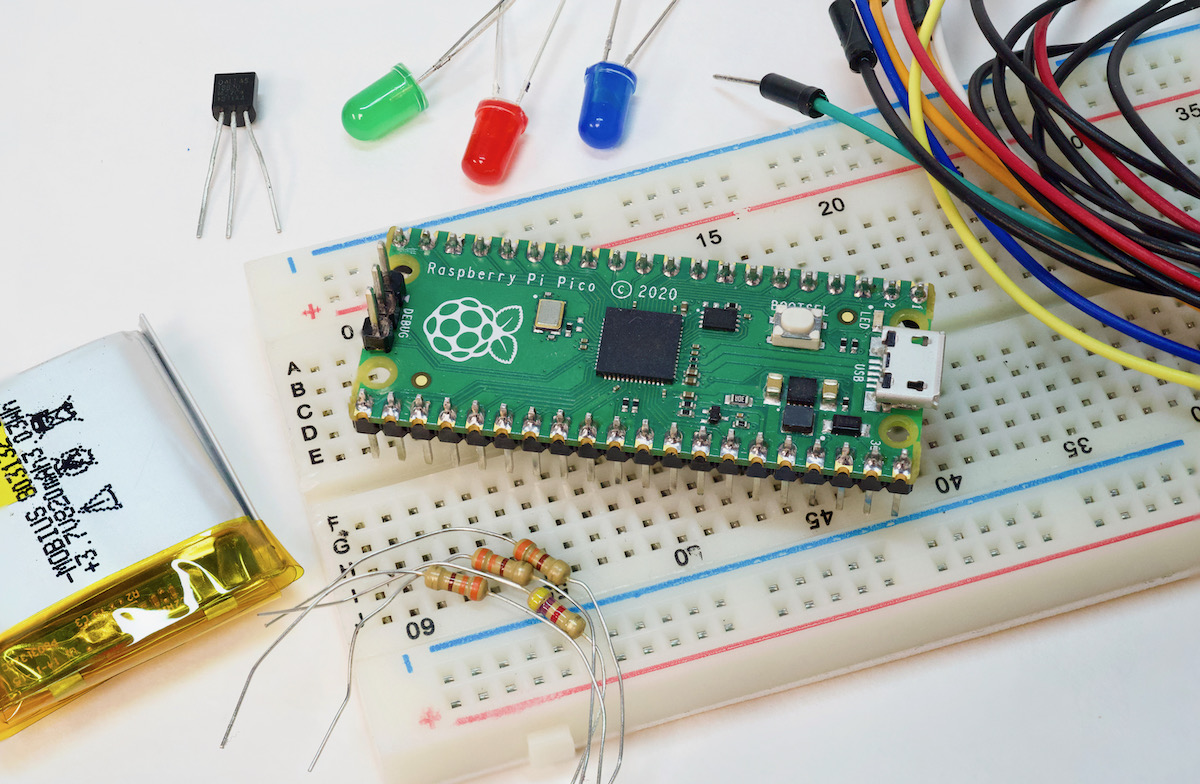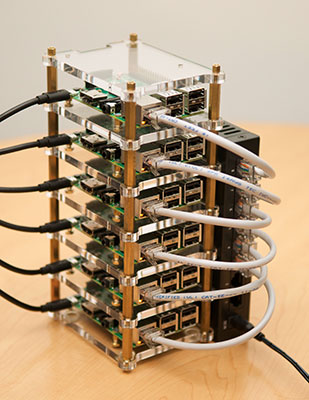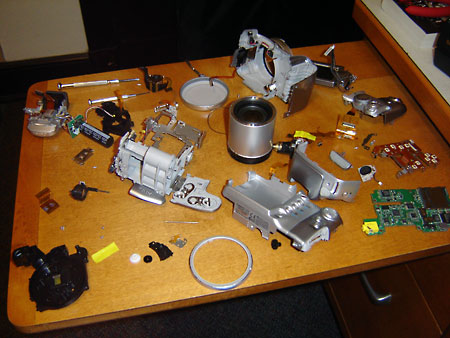Die shots and transistor-level debugging on Raspberry Pi 5
Ever since I X-rayed the Raspberry Pi 5 to see inside the BCM2712 and RP1 chip packages, I've wanted die shots of both chips. Why? Mostly out of curiosity, since I'm not a silicon expert by any means.
I also ran into some weird overclocking issues after writing about my experience overclocking and underclocking the Raspberry Pi 5, and probably spent an unhealthy amount of time (and money) to learn about the clocks, PLLs, and chips on the latest version of everyone's favorite Single Board Computer.
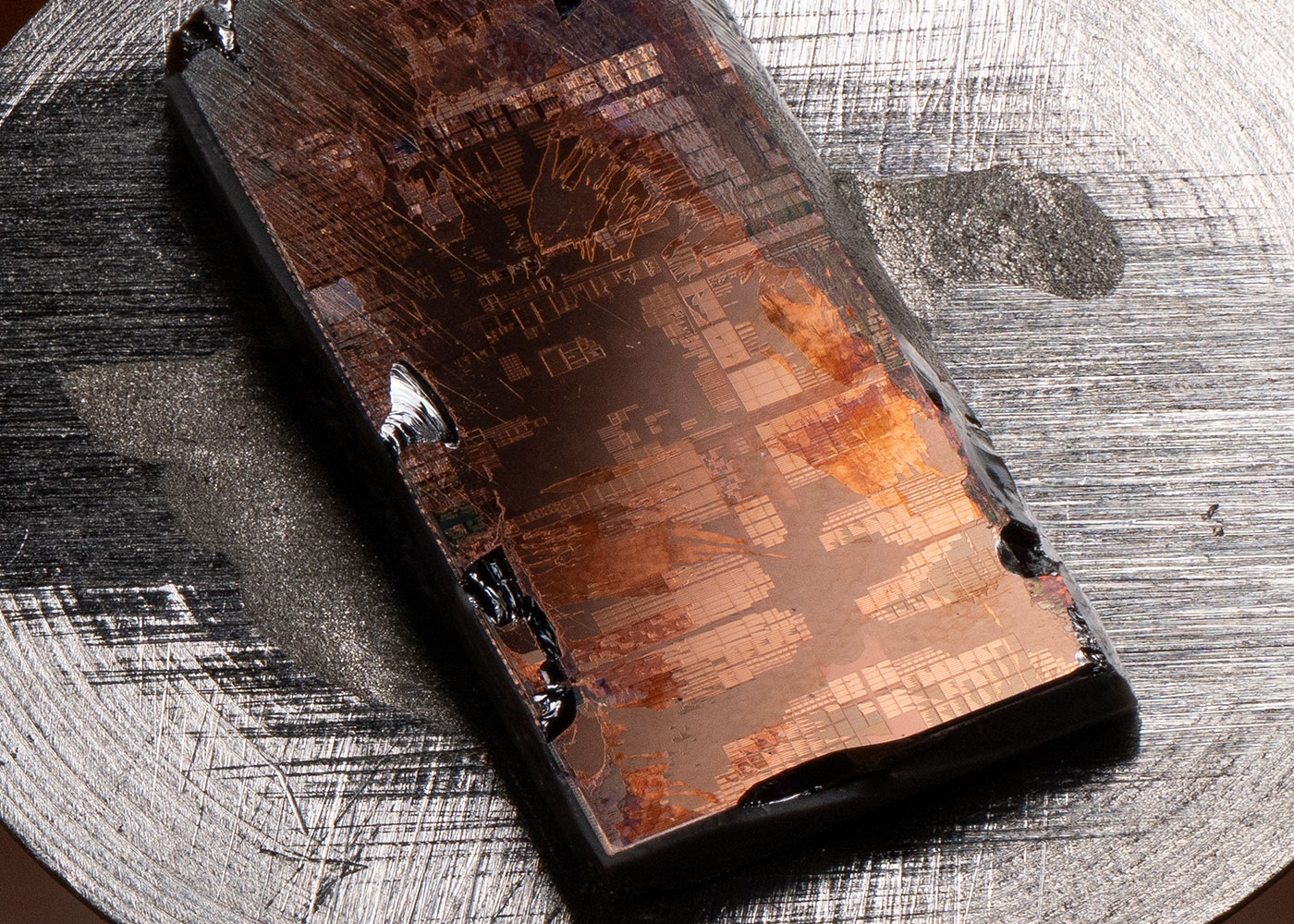 (Some Raspberry Pi 5s were harmed in the making of this blog post.)
(Some Raspberry Pi 5s were harmed in the making of this blog post.)
